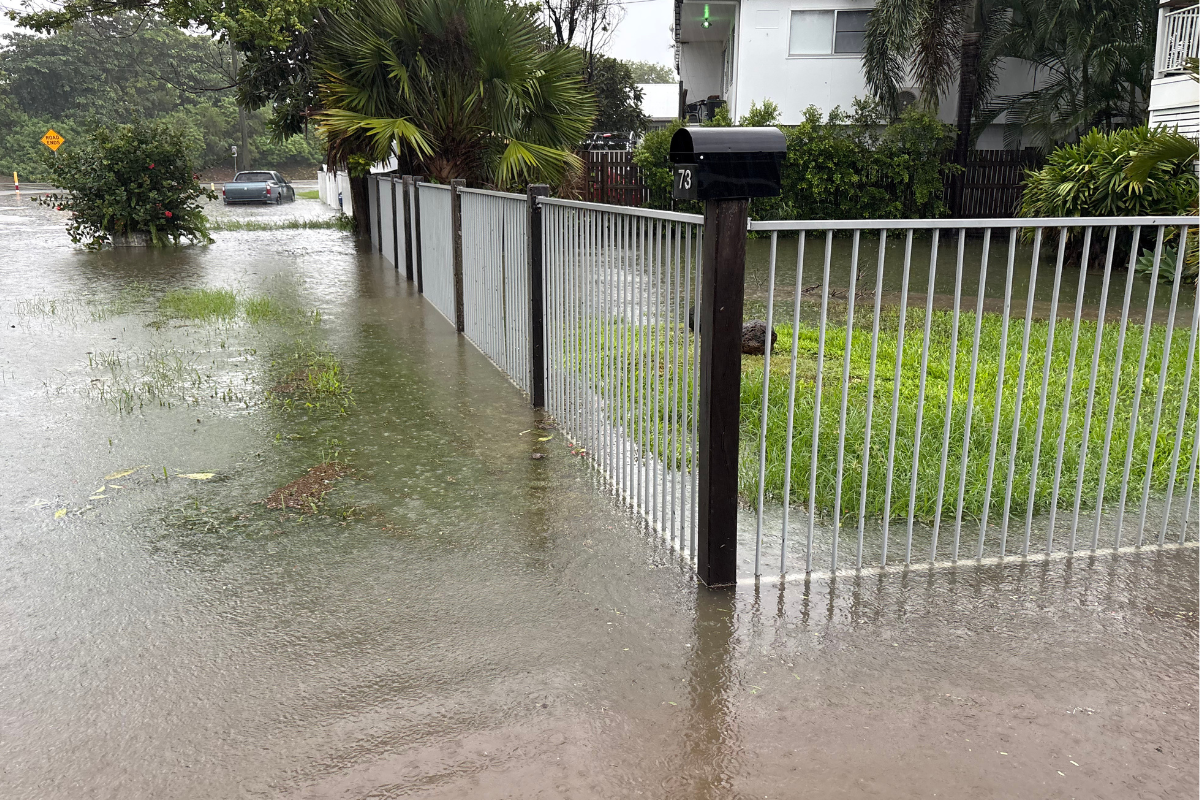Mould toxicity – the hidden symptoms to look out for post flood

As many of us in North Queensland begin to recover from the recent floods, there are more things to look out for than house clean up. The danger doesn’t stop when the water goes down! Even after the water is gone, there are other hidden dangers that start to appear post flood.
Mould spores aren’t always what you see, in fact, often times, by the time you can see them, it’s too late and you’ve already had significant mould exposure. Mould exposure can trigger an allergic response, and people may start to experience symptoms like hay fever, headaches and even chronic fatigue when exposed to mould. In fact, there are a number of different symptoms mould toxicity can cause. They often align with other issues, so people don’t always get the correct treatment, especially when they aren’t aware what they have been exposed to.
Mould produces toxic substances called mycotoxins. When they are inhaled or ingested, it can cause a number of symptoms, many of which often align with other issues, so people may not always get the correct treatment, especially when they aren’t aware what they have been exposed to.
Some general symptoms may include:
- Fatigue, weakness
- Brain fog, difficulty concentrating
- Dizziness or vertigo
- Headaches or migraines
- Sinus congestion, sneezing, sore throat
- Persistent cough or shortness of breath
- Skin rashes, itchiness, or sensitivity
We know how much I love to talk about the gut. There are so many different things can impact gut health, and guess what? Mould is one of them! When mycotoxins are ingested, they can disrupt the delicate balance of the gut microbiota – which is essentially the community of good bacteria that lives in the gut, which helps digestion, immunity and overall health. Let’s have a closer look at what mould can do to our gut:
Gut Health
- Antimicrobial Activity: Mycotoxins possess antimicrobial properties, meaning they can kill or inhibit the growth of certain bacteria, including some beneficial ones in the gut. This disruption can weaken the gut's defences against harmful pathogens.
- Inflammation: Mycotoxins can trigger inflammation in the gut lining, potentially leading to various digestive issues.
Leaky Gut Syndrome:
- Intestinal Barrier: The gut lining acts as a barrier, selectively allowing nutrients to pass through while preventing harmful substances from entering the bloodstream. Mycotoxins can compromise the integrity of this barrier, leading to "leaky gut syndrome."
- Increased Permeability: A leaky gut allows toxins, undigested food particles, and pathogens to pass through the damaged gut lining into the bloodstream, triggering immune responses and inflammation throughout the body.
Gastrointestinal Issues:
- Variety of Symptoms: Mould exposure has been linked to a range of gastrointestinal problems, including nausea, vomiting, diarrhea, abdominal pain, bloating, and even more severe issues like irritable bowel syndrome (IBS) and inflammatory bowel disease (IBD).
- Food Intolerances: Mould exposure may contribute to the development of food intolerances or sensitivities, causing digestive upset after consuming certain foods.
Immune System Impact:
- Weakened Immunity: Mycotoxins can interfere with the immune system's function, making individuals more susceptible to infections, including those in the gut.
- Inflammatory Responses: Mould exposure can trigger chronic inflammation throughout the body, including the gut, potentially contributing to various health problems.
It doesn’t stop in the gut and hay fever reactions! There are also neurological symptoms AND immune system symptoms, as listed below:
Neurological Symptoms
- Anxiety, depression, mood swings
- Memory problems, difficulty finding words
- Insomnia or un-refreshing sleep
- Numbness or tingling sensations
Immune & Inflammatory Symptoms
- Joint pain, muscle aches, or stiffness
- Increased allergies or sensitivities
- Frequent infections or slow healing
- Swelling (especially around the eyes)
I’ve listed a LOT of different symptoms here, and I know it’s hard to track! But, if you start noticing any differences in your health post flood, chances are, you could be exposed to mould! So, keep an eye out on how your feeling! And, I may be a health professional, but here are a few tips on what to look out for post floods!
- Musty smells – This often indicates hidden mould growth.
- Visible mould – Black, green, white, or brown fuzzy patches on walls, ceilings, or furniture.
- Increased symptoms – If you feel worse at home but better outside, mould exposure is likely.
- Persistent dampness – Even if mould isn’t visible, damp conditions allow spores to spread.
- HVAC contamination – Mould can colonise air conditioning or heating systems, spreading spores throughout the home.
Please update the “Product” setting with the product you want to display.






